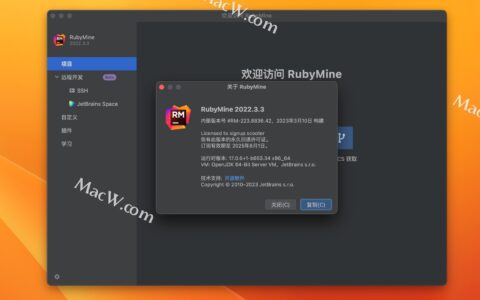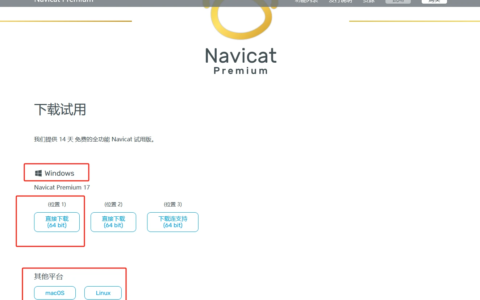我们在求解矩阵时,有很多种方法,其中当矩阵是大型稀疏矩阵(矩阵中有大部分素都为0)时,我们可以用迭代法求解。
关于该方法的思想和定义,请参考如下博客:
http://www.doc88.com/p-6953977164202.html
我编写的C++代码,也是根据上面的博客中的数学公式。
在这里我们使用的数据文件matrix.txt为
– 第一行表示矩阵的行数或者列数
– 接下来的三行,表示矩阵本体 A
– 最后一行表示 b,A*x=b
– 我们要计算的就是x
3 8 -3 2 4 11 -1 6 3 12 20 33 36代码如下:
#include <iostream> #include <fstream> #include <vector> #include <opencv2/opencv.hpp> #include <opencv2/photo.hpp> using namespace std; using namespace cv; int main() { ifstream file("matrix.txt"); int rows; int cols; file >> rows; cols = rows; Mat A(rows, cols, CV_32FC1); /*我们假设输入的矩阵对角线素不为0*/ for (int i = 0; i < rows; i++) { for (int j = 0; j < cols; j++) { file >> A.at<float>(i, j); } } Mat b(1, cols, CV_32FC1); for (int i = 0; i < cols; i++) { file >> b.at<float>(i); } file.close(); //迭代次数 iter = 10次 Mat x(1, cols, CV_32FC1); x.setTo(0); for (int iter = 0; iter < 10; iter++) { for (int i = 0; i < rows; i++) { float sum = 0; for (int j = 0; j < cols; j++) { if (i == j)continue; sum += A.at<float>(i, j)*x.at<float>(j); } x.at<float>(i) = (b.at<float>(i) -sum) / A.at<float>(i, i); } } cout << "最终的结果为:" << endl; for (int i = 0; i < cols; i++) { cout << "x" << i << "=" << x.at<float>(i) << "\t"; } return 0; }最后输出的结果为
最终结果为 x0=3 x1=2 x2=1和正确的结果一样。在这里我们迭代了10次,求出了最终的结果。关于数值分析,我并没有投入太多的精力,如果有问题和值得改进的地方,希望各位留言。
2024最新激活全家桶教程,稳定运行到2099年,请移步至置顶文章:https://sigusoft.com/99576.html
版权声明:本文内容由互联网用户自发贡献,该文观点仅代表作者本人。本站仅提供信息存储空间服务,不拥有所有权,不承担相关法律责任。如发现本站有涉嫌侵权/违法违规的内容, 请联系我们举报,一经查实,本站将立刻删除。 文章由激活谷谷主-小谷整理,转载请注明出处:https://sigusoft.com/162679.html







